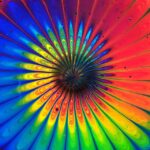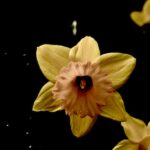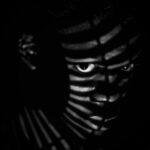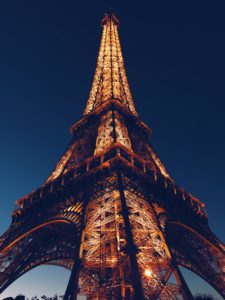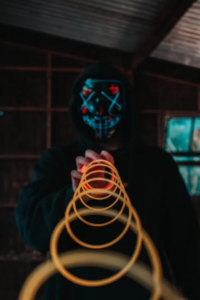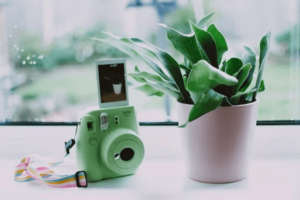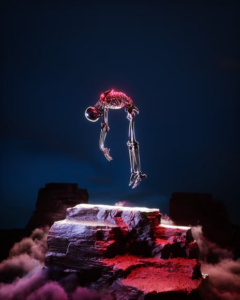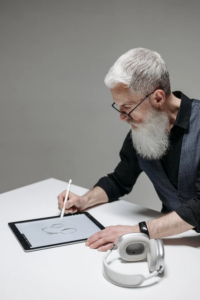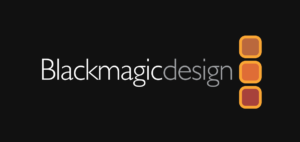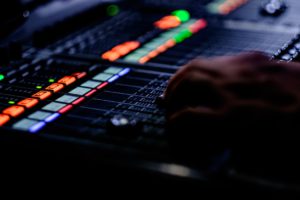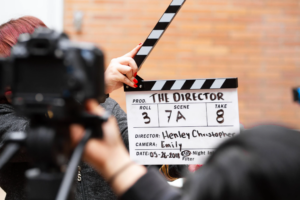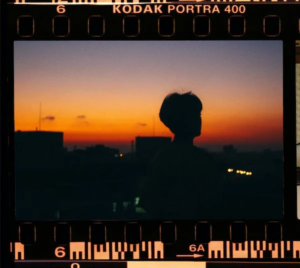Contrast photography is an exciting technique that plays with tones or colors that compose an image. Today, photography is an interplay of colors. It deals with how effectively you photograph the colors of a scene based on your knowledge of the interaction between different colors. Hence, ‘contrast’ is a crucial aspect of photography, which, when cleverly manipulated, directs your viewer’s attention to your image. However, to achieve this, you must have sound knowledge of the different types of contrasts and how they elevate the look of your image. In this article, you will discover the types of contrast, their impact on your pictures, and how to use them to project your dream image.
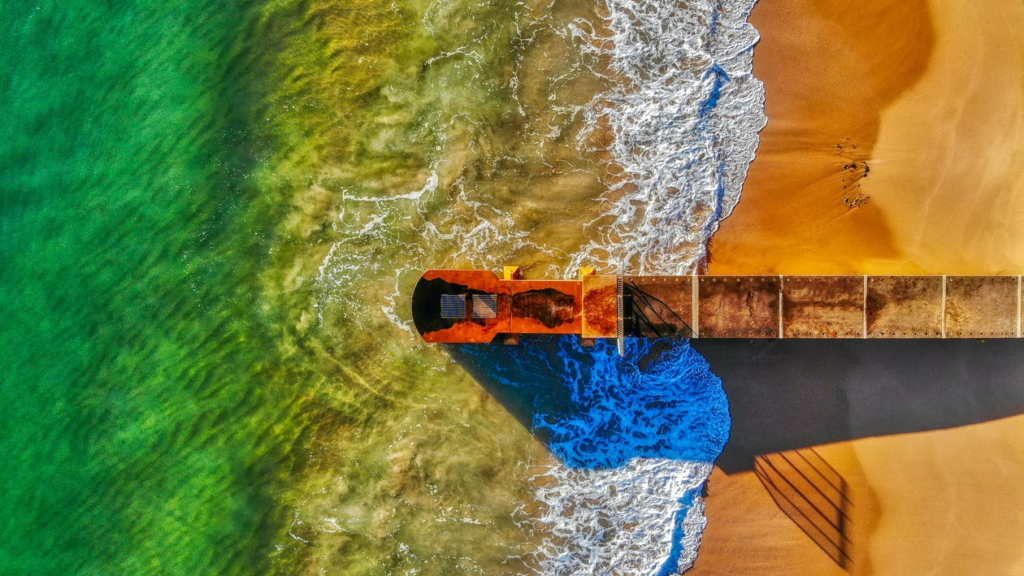
What is a Contrast in Photography?
In photography, the term contrast refers to the process of capturing the dissimilarity between the elements in an image. These elements can be color, light, tones, textures, and shadows. Applying contrast to your photography elevates conveying a story through your pictures. Therefore it is essential to understand how contrast works in your photography.
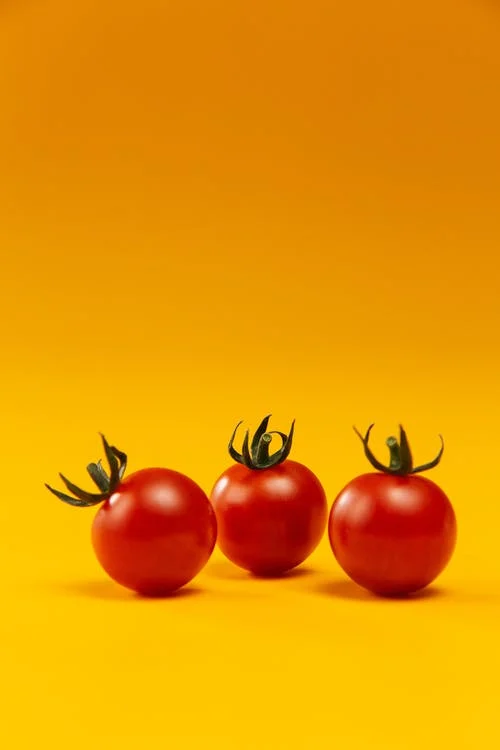
How Does Contrast Work in Photography and How to Use It?
The knowledge of color theory is the backbone of contrast photography. Hence through color schemas and color wheels, you will understand the different relationships between various colors and will be able to make out those combinations that produce the most contrast. Alternatively, you can group the colors into two distinct groups: warm and cold colors. When you combine a hard color with a warm color, you get a color contrast photo.
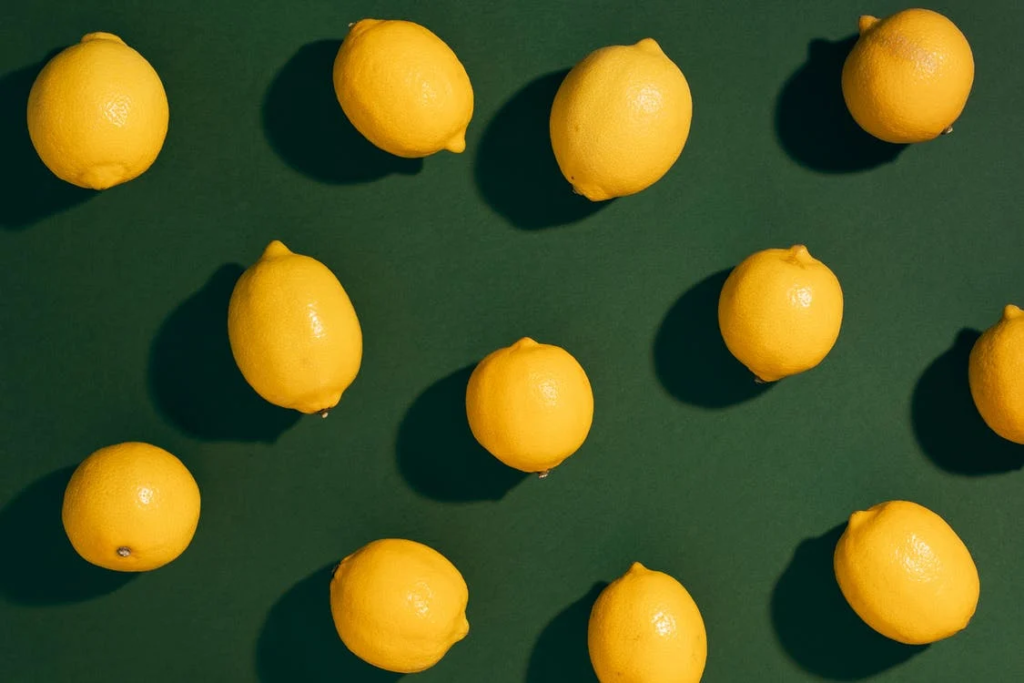
To effectively integrate contrast into your photos, you have to be thoughtful of the lighting conditions and how various colors interact within the scene. Although it is pretty tricky to achieve contrast, you can still rely on many editing apps to transform the look of your photo. To know how different colors influence each other, you need to master the art of composing an image. For this purpose, you need to understand the different types of contrast in photography. This way, you can select the contrast you use and the best times to employ them.
Types of Contrast in Photography
Tonal Contrast
Tonal contrast refers to the difference between the tones or brightness in the elements of an image. You can apply tonal contrast techniques to color, black and white images. For example, if you want to keep your composition simple in color photographs, you can use tonal contrast to highlight the image. On the contrary, black-and-white pictures rely on this technique to create image definitions. Therefore, you can highlight the contrast to get a well-defined image. Tones come in the ranges of high, normal, and low. A silhouette is a classic example of tonal contrast. This technique is used in modern-day cameras to power the autofocus algorithms that run the camera processor.
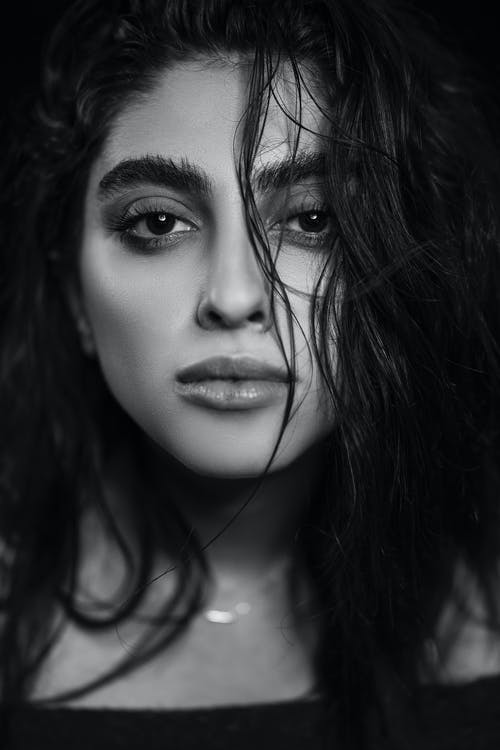
High Contrast
A high-contrast image features bright whites, dark blacks, and a minimum, medium tone. Hence, these images may result from an interplay between intense colors or uneven surface textures. You can use this technique to make your subject stand out from the rest of the image. For example, when you shoot a subject under bright sunlight, it appears darker in the photo than in the background, making it stand out. Thus, high-contrast images can convey uneasiness, high energy, and strength. Hence, this concept is adapted chiefly for street photography and nature photography.
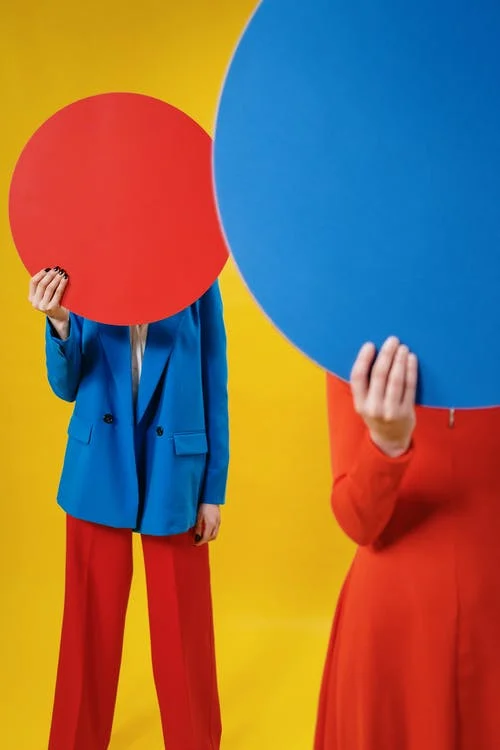
How to shoot a high-contrast photo?
If you are a beginner experimenting with high-contrast photos, you can start by shooting light elements over dark backgrounds or vice versa. Then, try the black-and-white filter on your camera apps to locate the contrast without the distraction of colors. However, as you gain experience, you can experiment with colors. High-contrast colors include yellow and purple, red and green, or blue and orange. These colors are positioned opposite to each other in the color wheel. Additionally, while shooting, always look out for contrasting scenes and improvise them through editing apps.
Low contrast
Low-contrast photos consist of mid-tone colors in shades of gray instead of whites and blacks. Consequently, these photos don’t stand out but leave a dreamy feel devoid of shadows and highlights. Hence, they are the most suitable for moody landscapes, portraits, or when you want to use soft or warm tones in your photos.
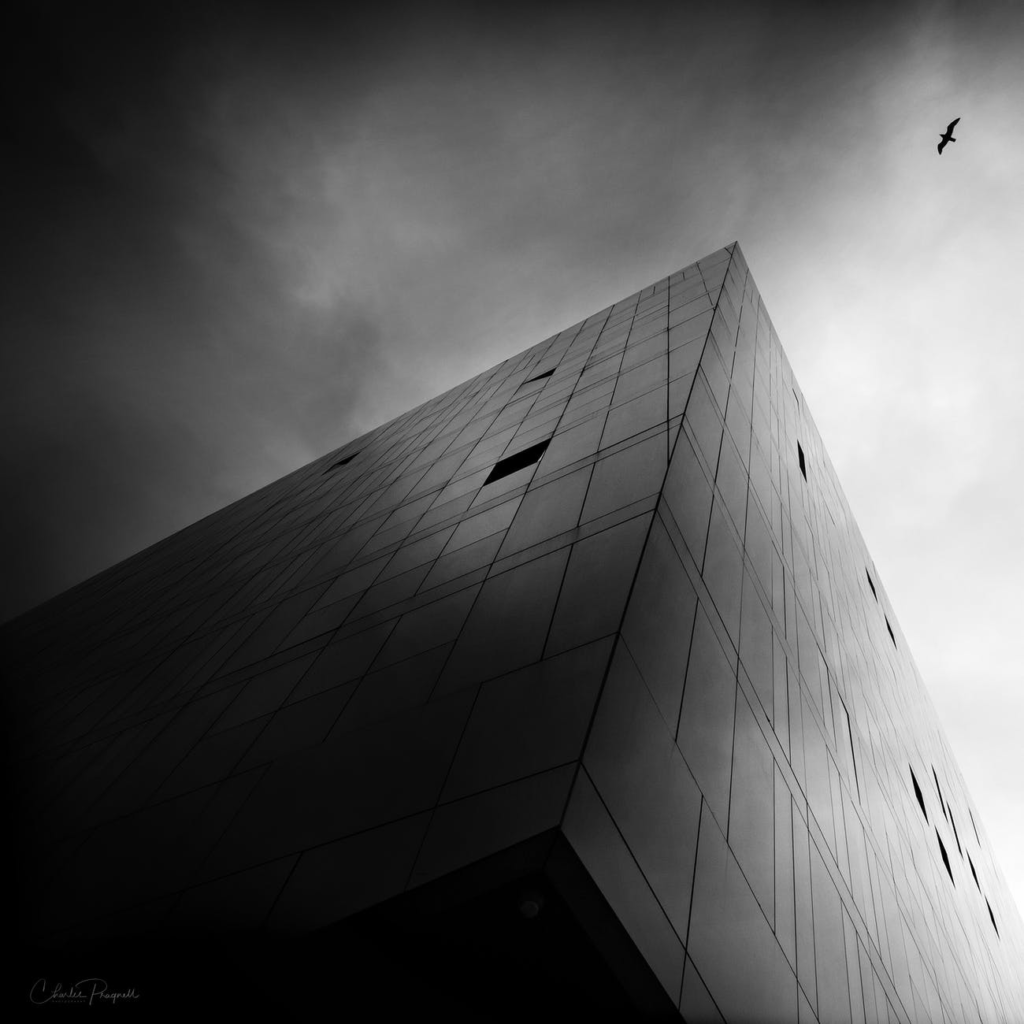
How to Shoot Low-Contrast Photos?
Look out for middle tones or colors of similar shades for shooting low-contrast photography. For example, you can try capturing the vast expanse of the sky against the ocean’s blue waters. If you are editing your low-contrast image, minimize the overall tonal contrast with the contrast slider. Additionally, reduce the difference between darker shades of your image with the shadow and highlight slider. Some colors, called analogous colors, show minimum contrast due to their proximity to each other on the color wheel. However, your viewer will be able to differentiate it. Alternatively, you can add an element of a different shade amidst similar colors to make your image stand out. Also, you can boost the contrasting effect in your photos with fewer colors and a more straightforward composition.
Color Contrast
Color contrast images provide you an opportunity to apply the different types of contrast seen thus far (tonal, high, and low contrast). Hence, these images consist of different shades of contrasting colors. To use color contrast effectively in your photos, you need to know how color influences the other when placed next to it. Once you understand this, you can mix a warm color with a cold color to produce good contrast. However, you can even use a combination of complementary colors to show a striking contrast. Alternatively, you can avail the aid of post-processing software that provides the required contrast through filters.
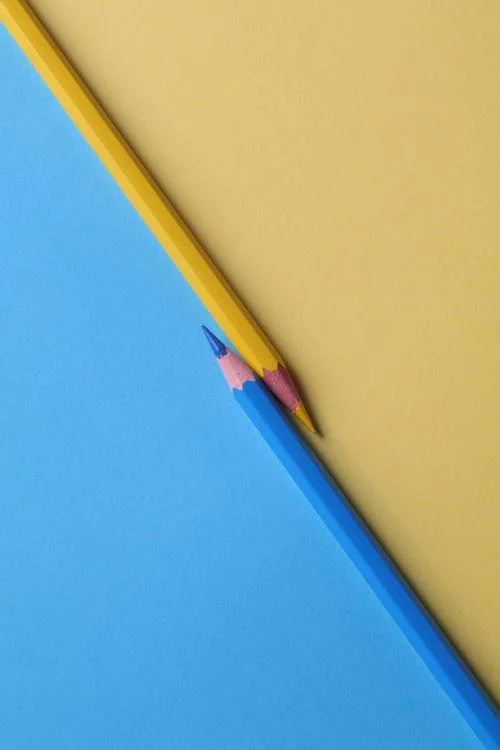
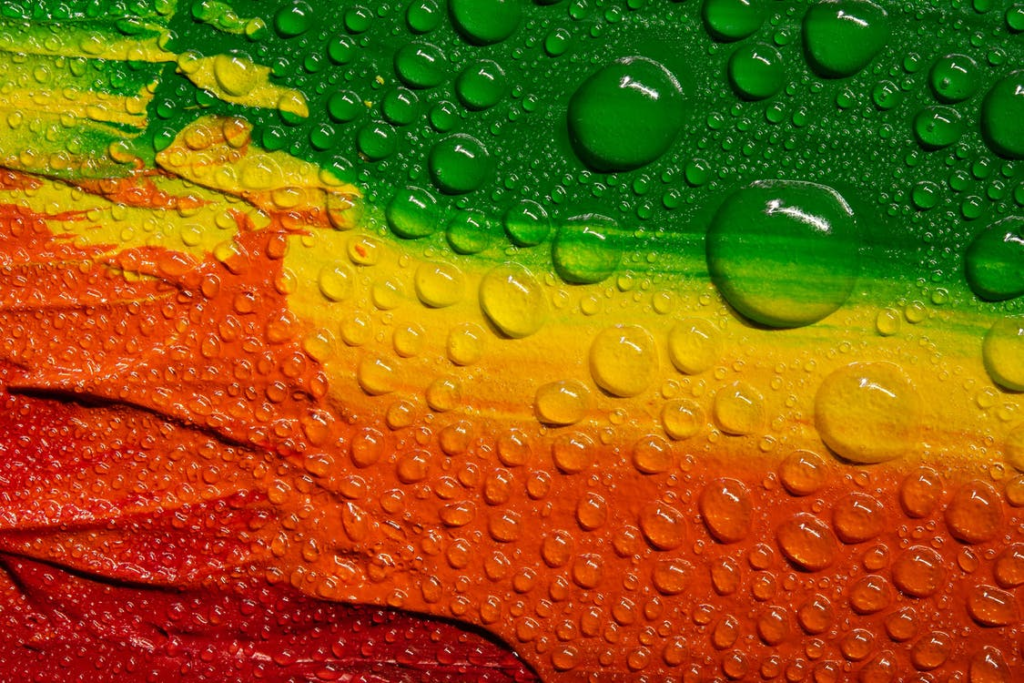
Contrast through Textures
You can also highlight an image’s difference in textures to integrate the concept of contrast into your photographs. For example, if you are shooting an image that consists of textured elements, use a soft background to pop out your image. However, in the absence of a clear background, use the depth of field to soften your existing background. For this purpose, increase the distance between the subject and the background and use a wide aperture (f/3.5 or lower) to create a shallow depth of field. This way, you can blur your background and make it look soft to project the textured image. On the contrary, affix a soft element into a textured background to make your subject stand out. This way, you can fuse your scene’s rough and soft elements and integrate them into the image.
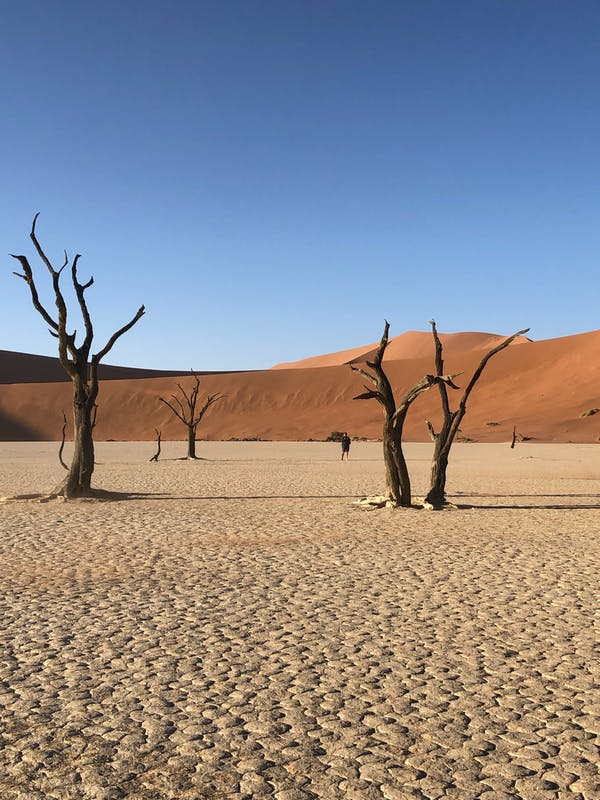
Conceptual Contrast
The technique of photographing contrasting ideas and putting them together in an image is called conceptual contrast. Hence, this method consists of a vital narrative element that conveys a story. Moreover, it often gives the viewer a sense of scale, old and new, natural and artificial, etc. For example, in the below image, the real-life objects are contrasted with their shadows.
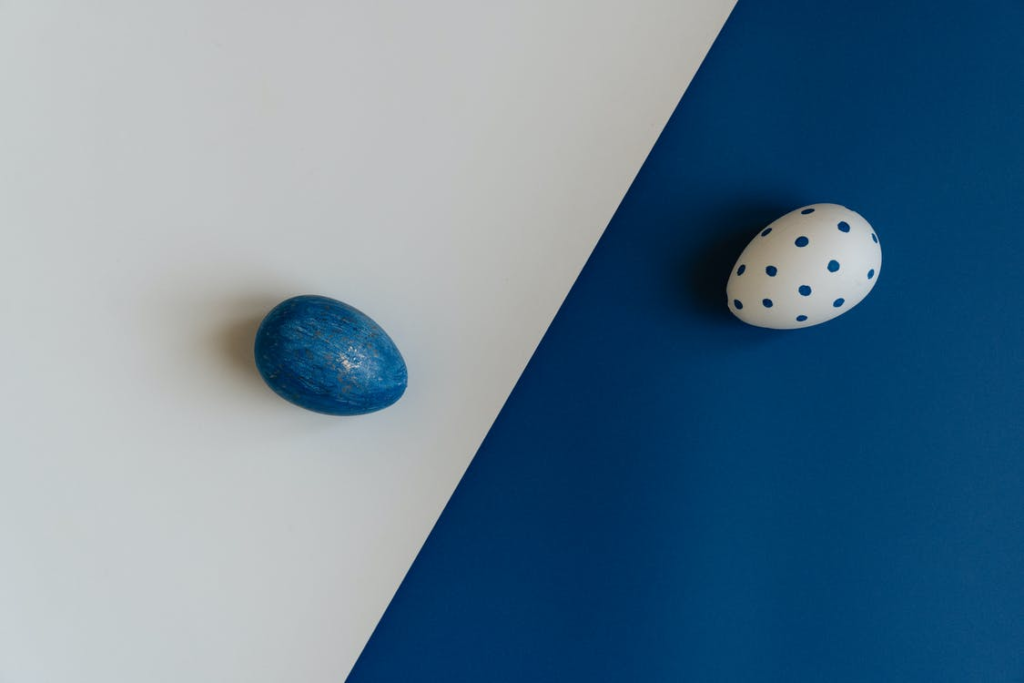
High and Low key Contrasts
Images of low-level contrasts contain high and low-key elements. Hence, they showcase only a modest amount of difference in their pictures. A high-key photo features light grays, whites, and bright tones, whereas a low-key image has mid-tones consisting mainly of shadows, dark grays, and blacks. You can create flat lights suitable for portrait photography with a low-key technique.
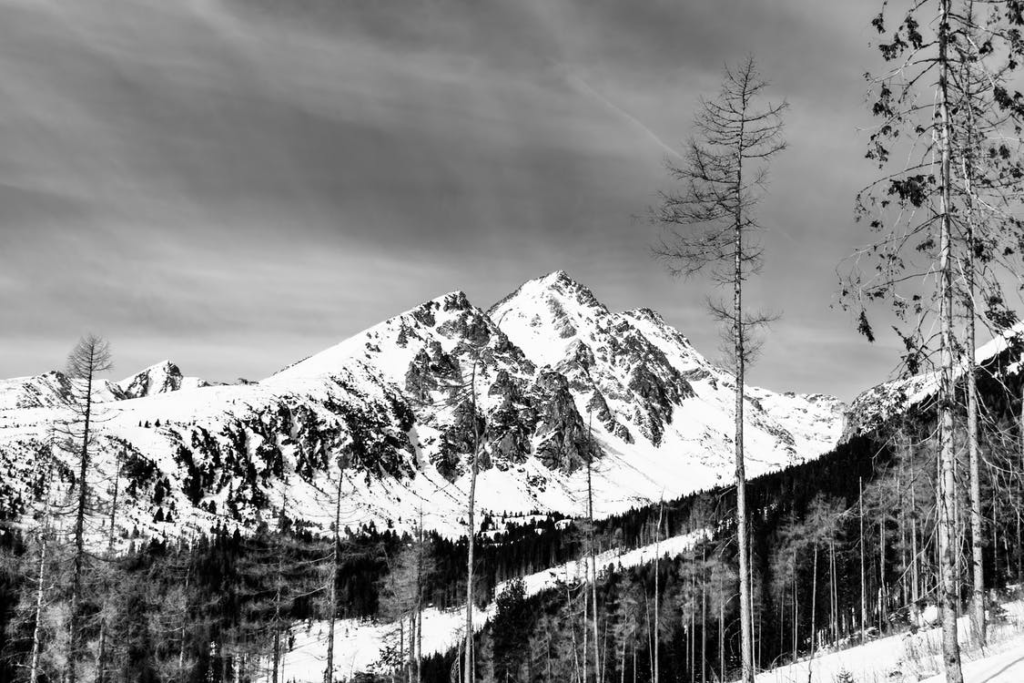
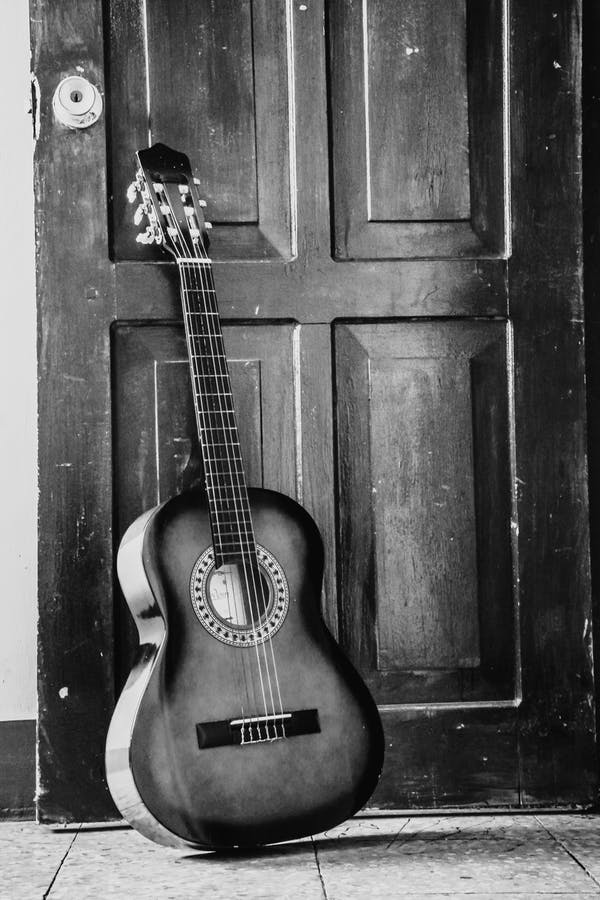
The essence of photography lies in capturing the colors and projecting them uniquely. Once you are familiar with the types of contrasts, you need to select the kind of contrast you wish to use in your image. Here are some of the ideas you can try while you explore contrast photography:
Ways of Using Contrast in Photography
1. Shoot Your Images Against Light or Dark Backgrounds
‘Background’ plays a crucial role in projecting the subject in an image. You can adjust the background to create an excellent contrast between the subject and the rest of the picture. For this purpose, shoot your photo against a white or blackboard. In case your subject is small, consider lighting it with the help of a portable reflector to illuminate your subject.

2. Emphasize High or Low Contrast with Color Schemes
You can apply your knowledge of color wheels to create color schemes that will emphasize your contrast within an image—club items of similar colors and tones in your scene to create low-contrast photographs. However, placing light and brighter images next to darker ones will help you create high-contrast pictures.
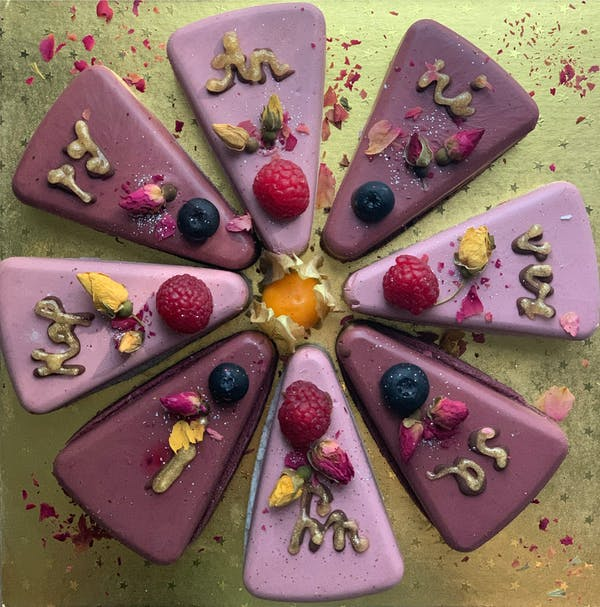
3. Shoot Silhouettes Against a Bright Sky
Silhouette photography involves capturing a solid, dark image of a subject over a bright background. Hence, they are a classic example of high-contrast photography. Further, focus on capturing subjects with interesting outlines to make your subject stand out.
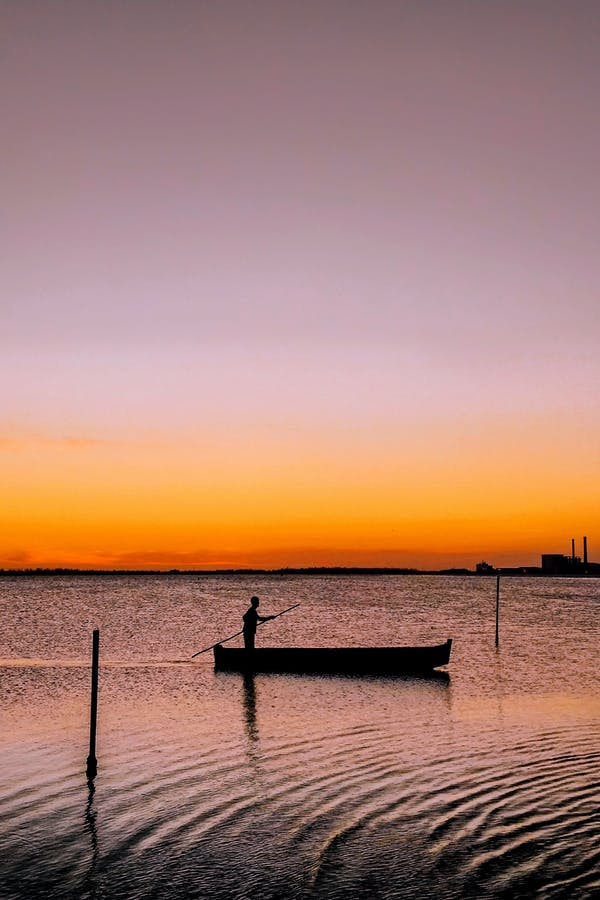
4. Look for Stark Shadows to Make High-Contrast Images
Take advantage of a bright day and fill your photograph with exciting patterns of shadows. Since the darkest shadows are produced under bright sunlight, you can easily create high-contrast images.
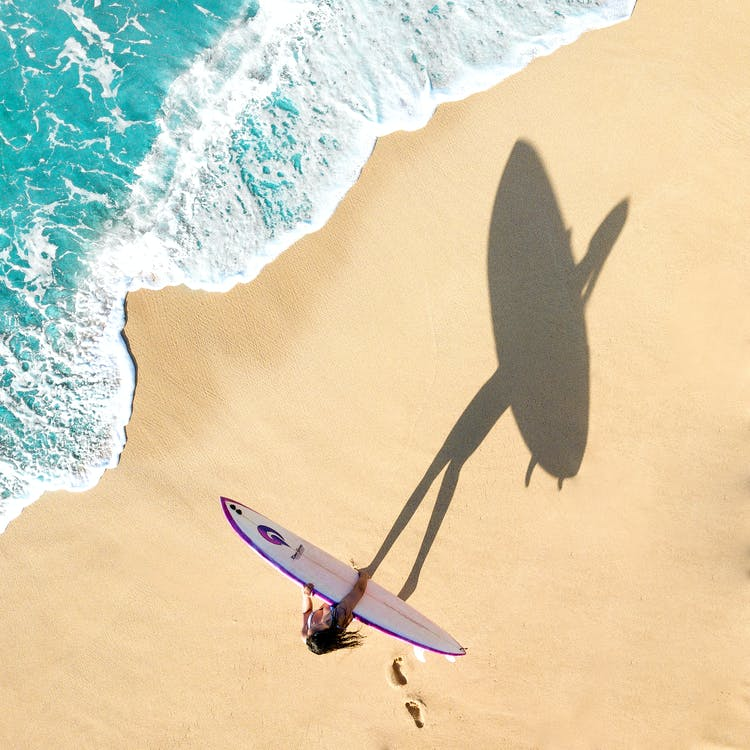
5. Use Vintage Filters for Low-Contrast Shots
Using vintage filters helps you achieve low contrast in your photography. These filters emulate your image to mimic the vintage film photography look.
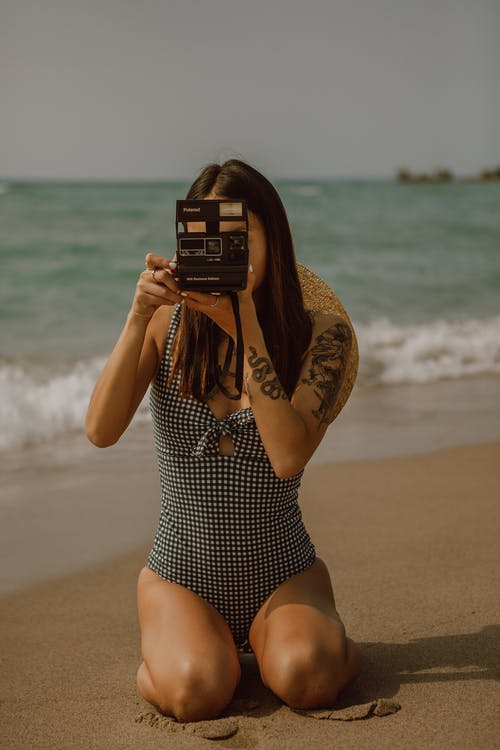
6. Use Contrast to Convey a Specific Mood
You can convey a mood through your images, provided you cleverly use the element of contrast in your pictures. Use high-contrast photography to project your subject with high energy and strength. Alternatively, to achieve a vintage look, use low contrasting colors in the scene.
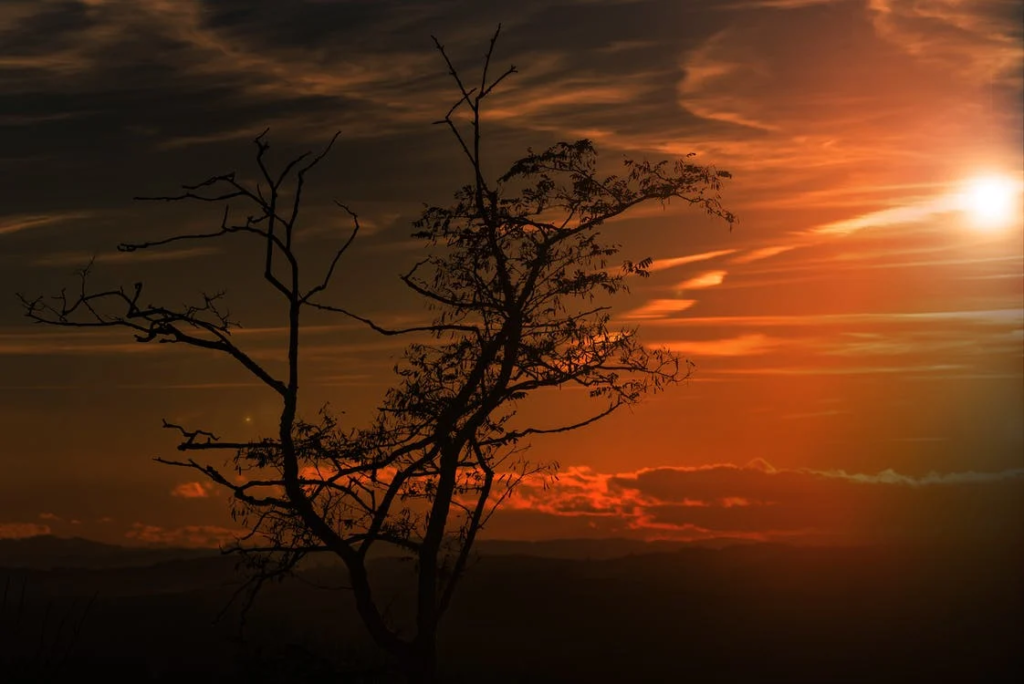
Conclusion
Apart from elevating the quality of your photos, the effective use of contrast tunes the photographer inside you. With an added element of creativity, along with your knowledge of contrast and color theory, you can produce captivating images that will arrest your viewers.
Gallery
Videos
A photographer’s guide to contrast

